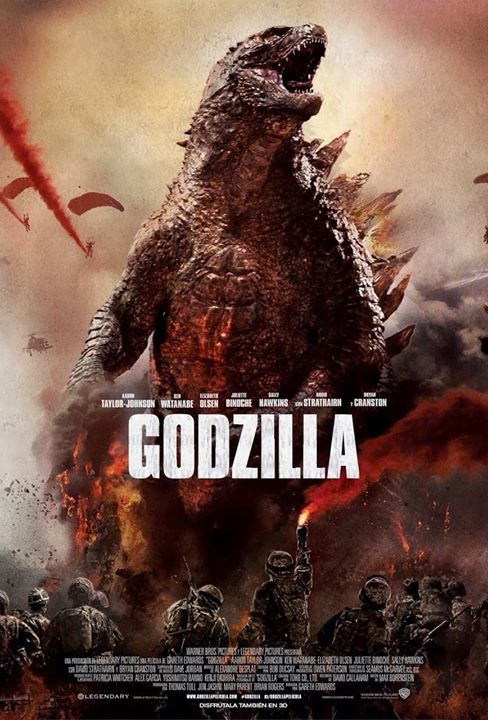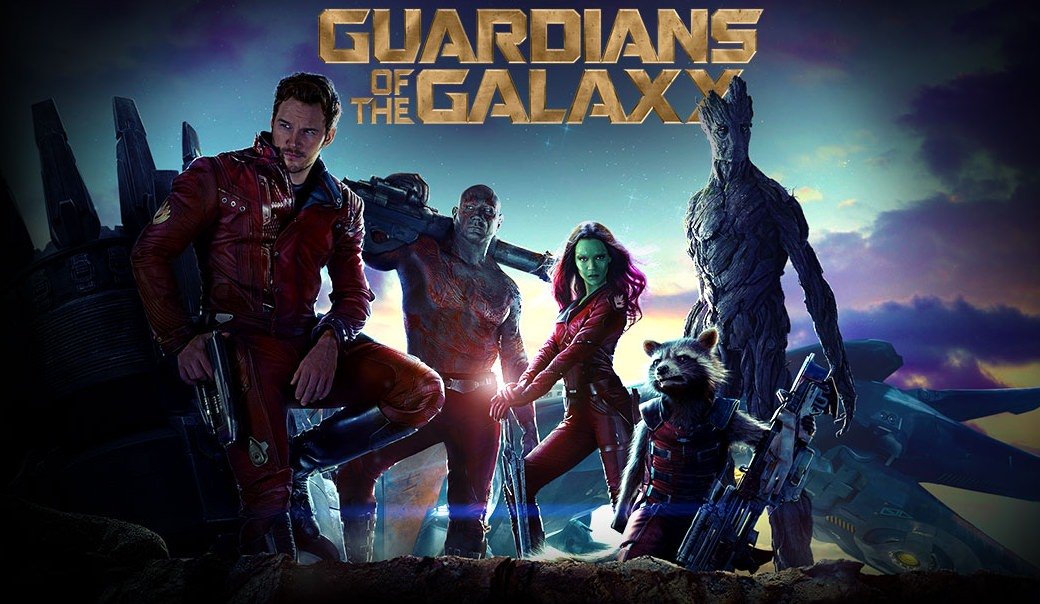With the summer movie blockbuster season upon us (even though it's only Spring), it's worth looking at the releases we know about and seeing what sort of summer gaming inspiration we can glean, thereby.
Godzilla
It's that classic tale: Giant monster meets city; Giant monster destroys city. This sort of thing could fit in several different genres/games. You can take the whole "military or scientist types dealing with the disaster" angle in something like WaRP, maybe. Of course, a kaiju could attack a D&D-ish fantasy world (Oriental Adventures did stat "gargantua"), so they could just have a slugfest with high level adventures. "Giant monster horror" (as suggested by Cloverfield) might suggest using a modification of the GUMSHOE game Fear Itself. Worth a shot.
You could also go for a Pacific Rim or Shogun Warriors sort of approach. For that, I'd suggest my own quick and dirty old school Giant Space Robot rules.
X-Men: Days of Future Past
A classic X-Men story-line finally gets a big screen treatment. I know I've generally neglected the comic book staple of alternate futures in my superhero role-playing. If you guys are the same, this film could be a corrective. Also (like X-Men: First Class it follows) it's probably going to have some retro-heroics in an earlier era. With comics relying so heavily on Golden Age versus Modern, I suspect a lot of people neglect post-WWII historic eras for games. I think that would actually have a lot to offer.
Dawn of the Planet of the Apes
If you can't see the gaming possibilities of virtually all of the ape films, you probably just shouldn't be gaming. Eden Studios even made Terra Primate, so there's a dedicated game to support your Planet of the Apes style adventuring. You could do this sort of thing just as easily in any post-apocalyptic game.
Guardians of the Galaxy
This one is the trickiest on the list; not because it's likely to be hard to get gaming inspiration from, but because it's a Marvel Studios superhero film ostensibly, but it probably offers more inspiration for cinematic space opera like Star Wars. Still, future/space supers is a common subgenre in the comics (Legion of Superheroes, Starjammers, and two versions of Guardians of the Galaxy) so this is a good excuse to give that a try, if you haven't.
7 hours ago






















